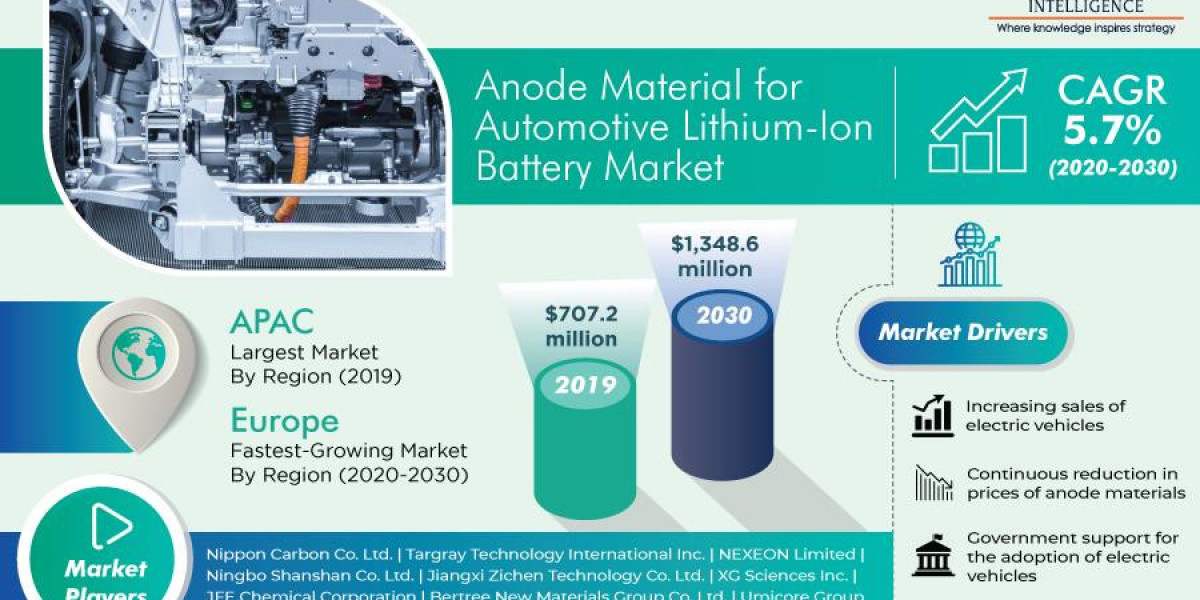The anode material for automotive lithium-ion battery market will grow at a rate of 5.7% in the years to come, to reach USD 1,348.6 million by 2030, as mentioned in one of its reports by P&S Intelligence. The growing sales of EVs, accompanied by the incessant decrease in the prices of anode materials, are the main factors powering the growth of the industry.
The artificial graphite category led the industry, and the situation will be like this in the years to come. This is credited to the benefits of this material over other anode materials. For example, improved power output and/or energy density, decreased cost, and advanced recycling performance.
The commercial vehicle category will power at the fastest rate in the anode material for automotive lithium-ion battery market in the years to come, with regards to revenue.
Furthermore, the category will be the second-largest, following passenger cars, in the future. This is because the battery being used in E-commercial vehicles, as well as buses and trucks, requirement to have a high battery capacity, and energy density.
BEV had the highest revenue in the industry in the recent past. The ascendency of the category is chiefly credited to the fact that different from HEV and PHEV, BEVs have only one power source, which contributes to the higher acceptance of lithium-ion batteries in BEVs, therefore generating the highest requirement for anode material.
APAC led the anode material for automotive lithium-ion battery market in the recent past, and it will remain the largest in the years to come. Its dominance is powered by the enormous requirement for EVs in China.
This large size of the Chinese market is because government authorities have been providing infra support for example charging station spaces, providing subsidies and incentives, and pouring enormous sums in the EV industry.
Europe will advance at the highest rate in the market by the end of this decade.
This has a lot to do with the fact that the EU has planned joint efforts with battery producers and commercial lenders for building an ecosystem, with an enormous investment, for becoming self-reliant in battery production for powering EVs.
The inflow of investments is a key trend in the industry. Throughout the charging process, the anode engrosses a large count of lithium-ions. Graphite can grip them well, but a silicon anode waves over 300%, producing its surface for cracking and the energy storage performance for dropping rapidly.








